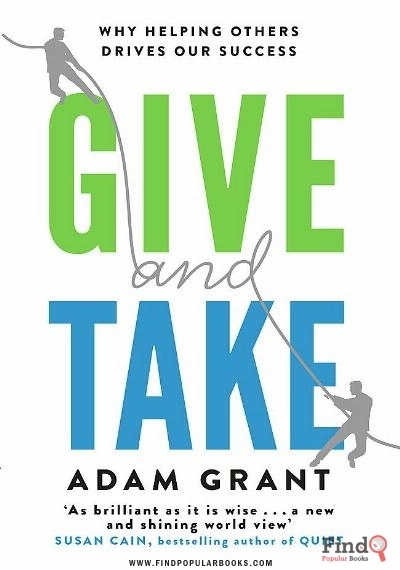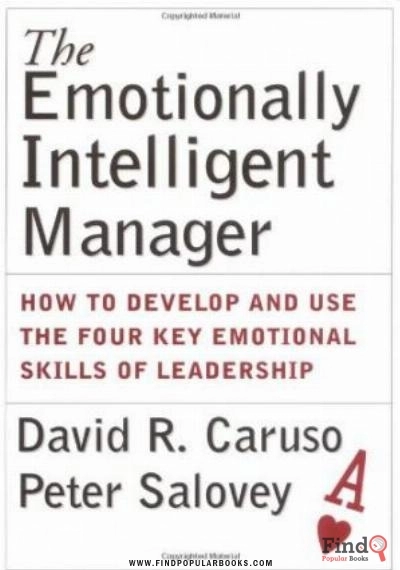
Give And Take: WHY HELPING OTHERS DRIVES OUR SUCCESS
'Excellent' Financial Times
Everybody knows that hard work, luck and talent each plays a role in our working lives. In his landmark book, Adam Grant illuminates the importance of a fourth, increasingly critical factor - that the best way to get to the top is to focus on bringing others with you.
Give and Take changes our fundamental understanding of why we succeed, offering a new model for our relationships with colleagues, clients and competitors. Using his own cutting-edge research as a professor at Wharton Business School, as well as success stories from Hollywood to history, Grant shows that nice guys need not finish last. He demonstrates how smart givers avoid becoming doormats, and why this kind of success has the power to transform not just individuals and groups, but entire organisations and communities.
On a sunny Saturday afternoon in Silicon Valley, two proud fathers stood on the sidelines of a soccer field. They were watching their young daughters play together, and it was only a matter of time before they struck up a conversation about work. The taller of the two men was Danny Shader, a serial entrepreneur who had spent time at Netscape, Motorola, and Amazon. Intense, dark-haired, and capable of talking about business forever, Shader was in his late thirties by the time he launched his first company, and he liked to call himself the “old man of the Internet.” He loved building companies, and he was just getting his fourth start-up off the ground.
Shader had instantly taken a liking to the other father, a man named David Hornik who invests in companies for a living. At 5'4", with dark hair, glasses, and a goatee, Hornik is a man of eclectic interests: he collects Alice in Wonderland books, and in college he created his own major in computer music. He went on to earn a master’s in criminology and a law degree, and after burning the midnight oil at a law firm, he accepted a job offer to join a venture capital firm, where he spent the next decade listening to pitches from entrepreneurs and deciding whether or not to fund them.
During a break between soccer games, Shader turned to Hornik and said, “I’m working on something—do you want to see a pitch?” Hornik specialized in Internet companies, so he seemed like an ideal investor to Shader. The interest was mutual. Most people who pitch ideas are first-time entrepreneurs, with no track record of success. In contrast, Shader was a blue-chip entrepreneur who had hit the jackpot not once, but twice. In 1999, his first start-up, Accept.com, was acquired by Amazon for $175 million. In 2007, his next company, Good Technology, was acquired by Motorola for $500 million. Given Shader’s history, Hornik was eager to hear what he was up to next.
A few days after the soccer game, Shader drove to Hornik’s office and pitched his newest idea. Nearly a quarter of Americans have trouble making online purchases because they don’t have a bank account or credit card, and Shader was proposing an innovative solution to this problem. Hornik was one of the first venture capitalists to hear the pitch, and right off the bat, he loved it. Within a week, he put Shader in front of his partners and offered him a term sheet: he wanted to fund Shader’s company.

Contact us to let us know. You will receive an answer within 3 working days.
A big thank you for your understanding!
































